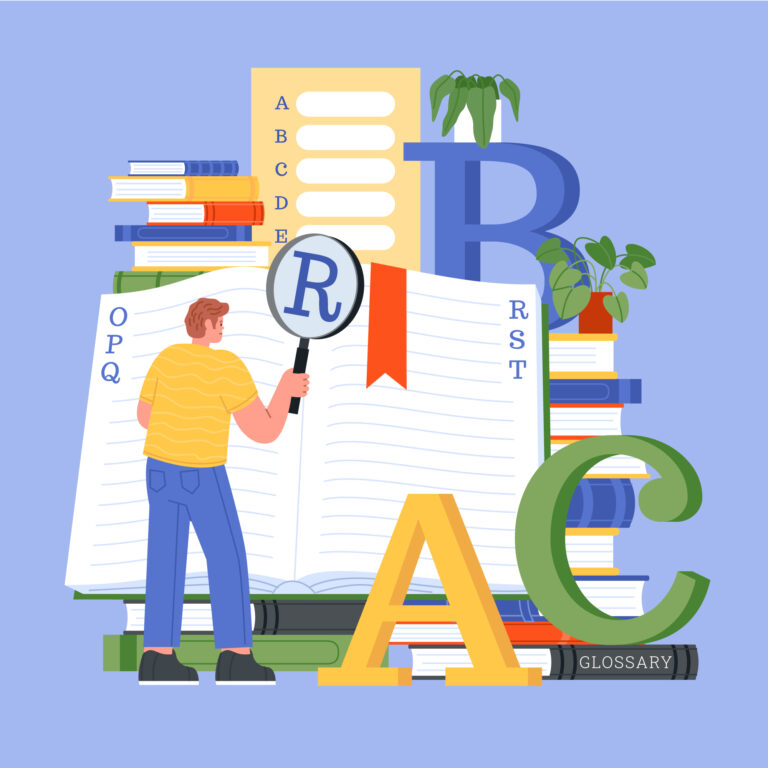Integrating Reading with Writing Structure K-12

Trainer: Engy Hammam
Duration: 18 Hours
Objectives
By the end of this professional development course, participants will be able to:
1. Understand the reciprocal relationship between reading comprehension and writing development.
2. Identify key text structures (narrative, expository, argumentative, etc.) and how they inform writing instruction.
3. Use mentor texts to model effective writing techniques and structures.
4. Integrate reading strategies that support written responses and composition.
5. Design instructional activities that blend reading analysis with structured writing practice.
6. Evaluate student work with a focus on both reading comprehension and writing organization.
7. Use formative assessments to support reading-to-writing growth in students.
Outline
Module 1: Foundations of Reading-Writing Connection
• Overview of the reading-writing connection in literacy development
• Cognitive and pedagogical foundations
• Benefits of integrated instruction for student achievement
• K–12 grade-band expectations for reading and writing
Module 2: Understanding Text Structures in Reading and Writing
• Types of text structures:
o Narrative (chronological, story grammar)
o Informational (cause/effect, compare/contrast, problem/solution)
o Argumentative (claim, evidence, reasoning)
• How readers recognize structure & how writers use it
• Analyzing texts for structural elements
• Guided practice in mapping structure from reading to writing
Module 3: Using Mentor Texts to Model Writing
• Definition and purpose of mentor texts
• Selecting appropriate mentor texts by genre and grade level
• Close reading of mentor texts for craft, structure, tone, and style
• Mini-lessons: From mentor reading to modeled writing
• Practical strategies: sentence imitation, paragraph modeling, and organizational scaffolding
Module 4: Reading-Based Writing Tasks
• Writing in response to reading:
o Literary response
o Informational/expository synthesis
o Argumentative analysis
• Designing effective writing prompts linked to reading
• Supporting evidence-based writing through guided reading
• Integrating graphic organizers and annotation tools
Module 5: Assessment and Feedback Strategies
• Rubrics that assess both reading comprehension and writing structure
• Formative assessment tools (journals, quick writes, reading logs)
• Peer and teacher feedback protocols
• Using writing to assess reading comprehension and vice versa
Module 6: Planning Integrated Reading-Writing Units
• Backward planning from standards
• Building unit plans that integrate reading goals with writing outcomes
• Differentiation strategies for diverse learners
• Sample unit design and collaborative planning time
Module 7: Extension
Digital tools to support reading-writing integration
Cross-curricular integration (e.g., using reading in science/social studies to inform writing)
• Multilingual learners: Language scaffolds in reading and writing
• Genre-based instruction with multimodal texts (e.g., video, audio, infographics)
